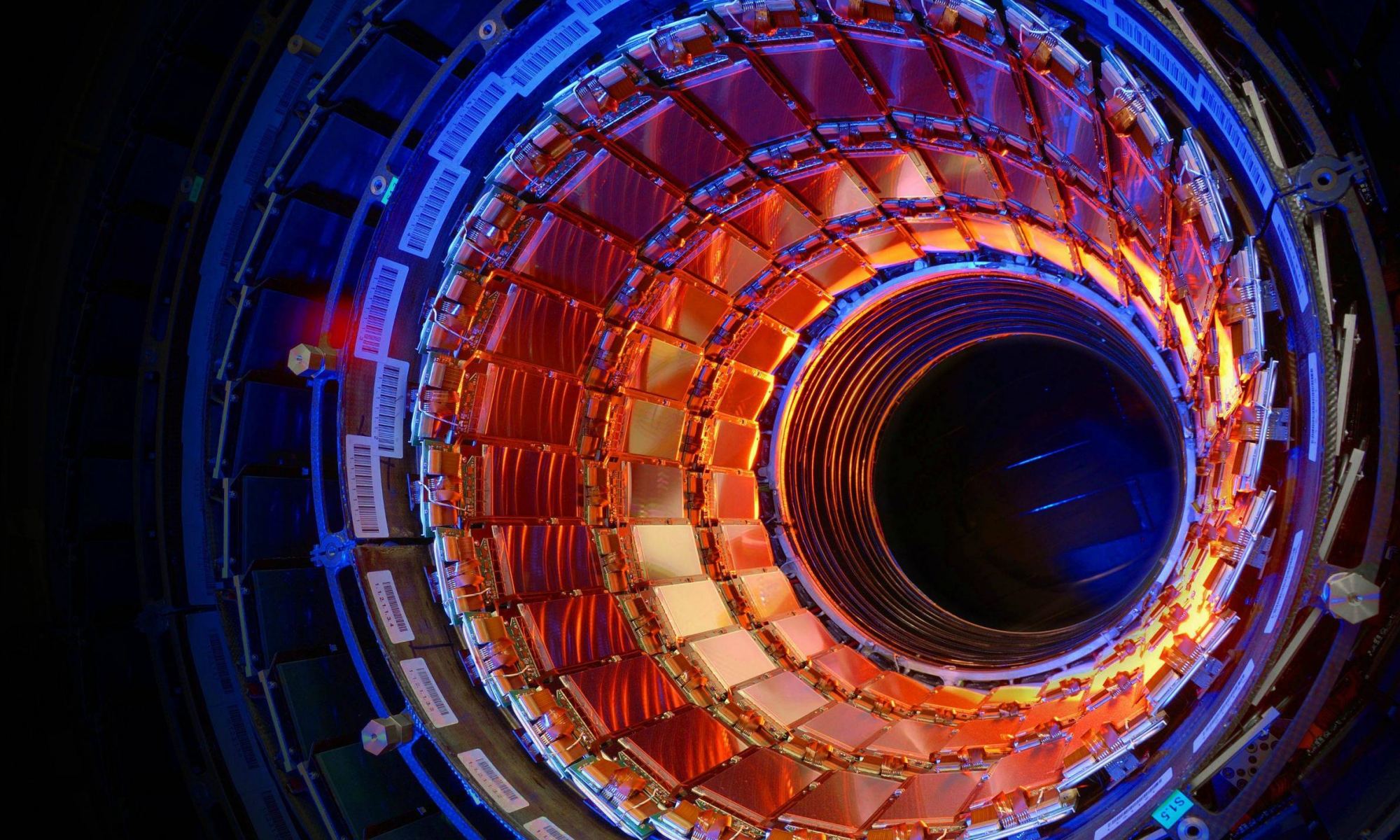

One TeV is about the energy of a flying mosquito, but a proton is a trillion times smaller. But there are so many in the beam, that's still 600 million collisions per second.Īt the point of collision, each proton has 7 tera-electronvolts (TeV) of energy. These protons are so small that most of them fly right past each other - there are only 20 collisions each time two bunches of 100 billion protons are brought together. Superconducting electromagnets guide the two streams in opposite directions around the ring and an electric field boosts their energy until they are traveling at 99.99% the speed of light.Īfter about 20 minutes - and 13.5 million trips around the LHC - the two streams are brought together in an enormous collision at one of four detector sites along the LHC: Atlas, Alice, CMS and LHCb.
#Cern supercollider news series
The protons are divided into two streams, made up of clusters of about 100 billion protons, and sped up by a series of smaller accelerators before being injected into the main LHC ring. The protons are created when hydrogen atoms, which consist of one electron orbiting a single proton, are stripped of their electron. Nearly 17 miles in circumference, the Large Hadron Collider is the world's largest particle accelerator. Quarks combine in various combinations to form other particles, such as protons and neutrons. They are called "fundamental" or "elementary" particles because they have no smaller constituent parts. There are 17 known fundamental particles - six quarks, six leptons and five bosons (not counting the theoretical Higgs boson) - and their corresponding anti-particles. "The LHC itself has undergone an extensive consolidation program and will now operate at an even higher energy and, thanks to major improvements in the injector complex, it will deliver significantly more data to the upgraded LHC experiments."īut what is the Large Hadron Collider and what is its mission? Read on to find out.

"The machines and facilities underwent major upgrades during the second long shutdown of CERN's accelerator complex," CERN's director for accelerators and technology, Mike Lamont, said in a statement. But it has sat unused since December 2018, when it was shut down for maintenance. Nearly 17 miles in circumference, the LHC is the world's highest-energy particle collider.

Two beams of protons circulated in opposite directions around the particle collider, according to CERN, the European Organization for Nuclear Research. The world's largest and most powerful particle collider started back up in April after a three-year break for upgrades in preparation for its third run.įrom Tuesday, it will run around the clock for nearly four years at a record energy of 13.6 trillion electronvolts, the European Organisation for Nuclear Research (CERN) announced at a press briefing last week.After more than three years of inactivity, the Large Hadron Collider located on the French-Swiss border outside Geneva restarted on Friday shortly after 12 p.m. In another development, ten years after it discovered the Higgs Boson, the Large Hadron Collider is about to start smashing protons together at unprecedented energy levels in its quest to reveal more secrets about how the universe works. "We're witnessing a period of discovery similar to the 1950s, when a 'particle zoo' of hadrons started being discovered and ultimately led to the quark model of conventional hadrons in the 1960s. "The more analyses we perform, the more kinds of exotic hadrons we find," physicist Niels Tuning said in a statement. More rarely, however, they can also combine into four-quark and five-quark particles, or tetraquarks and pentaquarks. Quarks are elementary particles that usually combine in groups of twos and threes to form hadrons such as the protons and neutrons that make up atomic nuclei. They will help physicists better understand how quarks bind together into composite particles. Now scientists at CERN say they have observed a new kind of "pentaquark" and the first-ever pair of "tetraquarks", adding three members to the list of new hadrons found at the LHC. The 27 kilometre-long (16.8 mile) LHC at CERN is the machine that found the Higgs boson particle, which along with its linked energy field is thought to be vital to the formation of the universe after the Big Bang 13.7 billion years ago. Scientists working with the Large Hadron Collider (LHC) have discovered three subatomic particles never seen before as they work to unlock the building blocks of the universe, the European nuclear research centre CERN said on Tuesday.


 0 kommentar(er)
0 kommentar(er)
